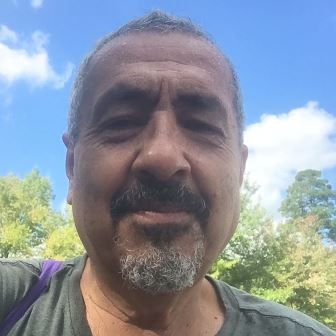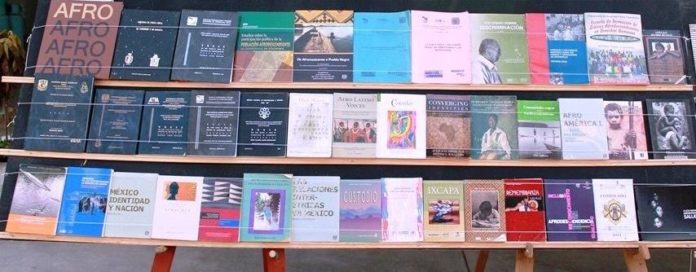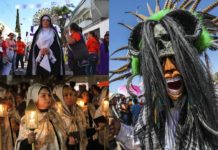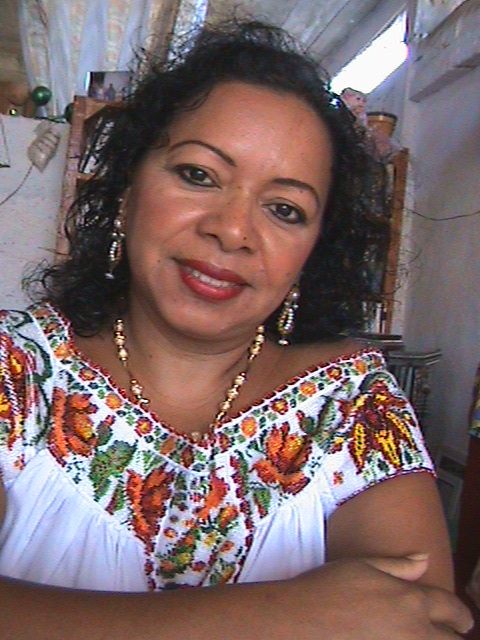The Mexican Revolution and Public Education
By Dr. Marco Polo Hernandez*
The Mexican Revolutions’ armed phase concluded in 1921. That same year, the Ministry of Education was founded under the leadership of Jose Vasconcelos. Vasconcelos was the Minister of Education from 1921 to 1923. During the said period, he established the start of what I have called “The cultural phase of the Mexican Revolution 1921-1922”. The Cultural Phase saw the biggest campaign to “educate” the Mexican populations at large.
The major problem was that the education curricula were Eurocentric, being that the sheer majority of the Mexican popular were considered and named all names except white. Most early twentieth-century Mexicans were classified as “indo-Afro-descendants” or “sambaigos”.
During the time of the so-called Second World War emerged the Afrocentric lens. The Afrocentric perspective sees the Egyptian pyramids as the point of birth of human civilization.
In 1921 Mexico however, the leaders truly believed that educating Mexicans about Rome and Greece and the United States of America would allow us to board the train to modernity.
For generations, Mexicans have learned everything about everybody except our own history. Our education curricula do not include but brief statements about the enslavement of First Nations as well as African people for centuries (the 1500s-1830s)
According to said curricula, at the beginning of the 1530s, there were American (Eurocentric name for AbyAyala) indigenous people, Africans, and Asians. Vasconcelos wrote that European genes were the strongest and African genes recessive.
Thus, according to Vasconcelos’s contrived formula, the Africanness of Mexico disappeared given the vasconcelean creed about African “inferior and recessive genes” while Spanish grew given what Vasconcelos believed was a superior race.
European phenotype became the sign of beauty and African phenotypes were the mark of ugliness and backwardness. Therefore, one finds mostly European models in cinematography, television, magazines, and general advertisement directed at non-white people!
In short, Mexicans are affected by what I have called “the false identity syndrome” (2000). We believe we are “mestizos” of Spanish and Amerindian (original women). This is because of our Eurocentric programming and miseducation.
During the first phase of the Transatlantic trade of African young women and men more than half of those trafficked ended in what is now Mexico. The mere thought of identifying as “mestizo” is racism. Where there are no races there can be no mixing.


In 2000, the Institutional Revolutionary Party (PRI) lost the presidency in Mexico for the first time since it came to power in 1920. The PRI cedes leadership to the National Action Party (PAN), but leaves its ideological machinery operating successfully. , largely adopted by the PAN. Regarding ethnic relations, the PRI established the myth of “the cosmic race” during the cultural phase of the Mexican Revolution, 1920-1968. And since the Eurocentric understanding, which paints the human being, will not be eradicated overnight, we are forced to operate within its limitations.
For all those Mexicans who are not “white”, particularly the “darkest”, this means that nothing changes until their existence is recognized. The Mexican mass inculcation media including education and the arts continue to reveal the whitening trend instituted by José Vasconcelos in 1921-1924, a period in which he served as Secretary of Education. And the work that is being carried out on the “Afro-Mexican”, although perhaps without intending to, only perpetuates the myth of the cosmic race and the Europeanizing ideology contained therein.

*About the Author: Marco Polo Hernández Is a Mexican of African descent. He earned a Ph.D. in Italian and Hispanic studies at the University of British Columbia, Canada in 2000. He has published various books, book chapters, essays, and educational films to recover the memory of the African heritage of Mexico and “mexicaness”. He taught 20 years at universities in the US, and 15 years at historically Black colleges and universities. Now living in Venezuela, he is dedicated to research and retired from teaching. Please contact him on Facebook for any comments regarding this article.










